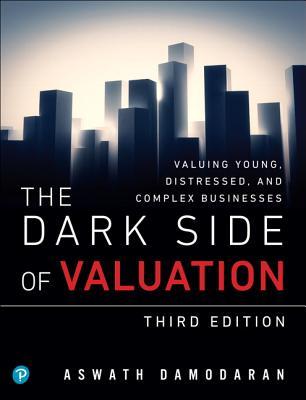Question
Royal Bank Dividend Per share per Quarter. $$ 2015: Q1 = 0.75 Q2 = 0.77 Q3 = 0.77 Q4 = 0.79 2016: Q1 = 0.79
Royal Bank Dividend Per share per Quarter. $$
2015: Q1 = 0.75 Q2 = 0.77 Q3 = 0.77 Q4 = 0.79
2016: Q1 = 0.79 Q2 = 0.81 Q3 = 0.81 Q4 = 0.83
2017: Q1 = 0.83 Q2 = 0.87 Q3 = 0.87 Q4 = 0.91
2018: Q1 = 0.91 Q2 = 0.94 Q3 = 0.94 Q4 = 0.98
2019: Q1 = 0.98 Q2 = 1.02 Q3 = 1.02 Q4 = 1.05
TD Bank Dividend Per share per Quarter. $$
2015: Q1 = 0.47 Q2 = 0.51 Q3 = 0.51 Q4 = 0.51
2016: Q1 = 0.51 Q2 = 0.55 Q3 = 0.55 Q4 = 0.55
2017: Q1 = 0.55 Q2 = 0.60 Q3 = 0.60 Q4 = 0.60
2018: Q1 = 0.60 Q2 = 0.67 Q3 = 0.67 Q4 = 0.67
2019: Q1 = 0.67 Q2 = 0.74 Q3 = 0.74 Q4 = 0.74
Other Information:
Recent Price of Stock: RY = $ 83.50 TD = $ 55.10
Annual Profit 2019: RY = $13 Billion TD = $11.7 Billion
Dividend Payout Ratio: RY = 46% TD = 43%
ROE: RY = 17.6% TD = 15.6%
2020 Annual Dividend Est.: RY = $ 4.20 TD = $ 3.11
Required:
A. The market expects this pattern of dividend increases to continue therefore, calculate the cost of equity for RY and TD. Show all work in detail.
B. If the both banks were not planning to raise external financing, then what will their respective growth rates be? Show all work in detail.
C. Identify some advantages and disadvantages of the Dividend growth model.
D. Given results above, would you recommend or not recommend either, both or neither as an investment instrument and why?
E. Given recent global events, what caveats or conditions might you add to your comments above?
Step by Step Solution
There are 3 Steps involved in it
Step: 1

Get Instant Access to Expert-Tailored Solutions
See step-by-step solutions with expert insights and AI powered tools for academic success
Step: 2

Step: 3

Ace Your Homework with AI
Get the answers you need in no time with our AI-driven, step-by-step assistance
Get Started


